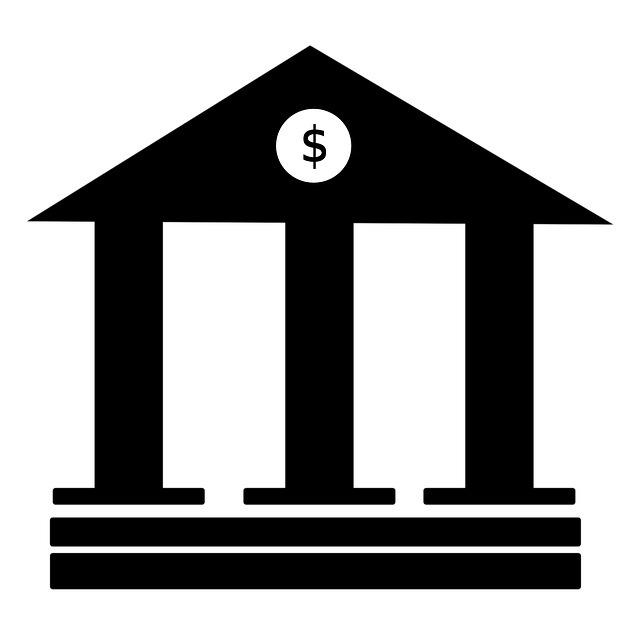A Business Line of Credit (BLOC) offers businesses flexible financing with revenue-based funding, adjusting funds in real-time with sales performance. Unlike traditional loans, BLOC provides capital on demand without rigid repayment schedules, promoting efficient capital management and strategic decision-making. By tapping into future earnings potential, businesses can access working capital for operations, investments, or growth opportunities, maintaining competitiveness in dynamic markets while ensuring sustainable financial stability. Implementing a BLOC requires assessing cash flow patterns, evaluating creditworthiness, preparing financial statements, and understanding terms like interest rates and collateral requirements.
In today’s dynamic business landscape, maintaining operational agility is paramount. One financial instrument that supports this is the Business Line of Credit (BLOC), offering a flexible and efficient way to access capital. This article delves into the concept of BLOC, exploring its role in enhancing operational agility through revenue-based funding. We’ll dissect the benefits, implementation strategies, and provide insights for businesses seeking to optimize their financial operations.
- Understanding Business Line of Credit (BLOC): An Overview
- How BLOC Enhances Operational Agility
- Benefits of Revenue-Based Funding through BLOC
- Implementing BLOC: Strategies for Businesses
Understanding Business Line of Credit (BLOC): An Overview

A Business Line of Credit (BLOC) is a flexible and dynamic financing option tailored for businesses seeking enhanced operational agility. Unlike traditional loans with fixed terms, BLOC provides a revolving credit facility that allows companies to access funds as needed, up to an approved limit. This innovative approach ensures businesses have the capital they require to seize opportunities or manage unexpected expenses without the constraints of rigid repayment schedules.
BLOC operates on a revenue-based funding model, where the line of credit is directly tied to a company’s sales or cash flow performance. This means access to funds can be adjusted in real-time as business revenues fluctuate, offering significant advantages over static financing solutions. By aligning the financing structure with the business’s cash flow cycles, BLOC promotes efficient capital management and supports strategic decision-making.
How BLOC Enhances Operational Agility

Business Line of Credit (BLOC) is a game-changer when it comes to enhancing operational agility for businesses. This innovative financial tool provides companies with a flexible funding option, allowing them to access working capital on demand. By offering revenue-based funding, BLOC enables businesses to tap into their future earnings potential, providing the necessary liquidity to swiftly adapt to changing market conditions.
With a line of credit, firms can quickly secure funds for day-to-day operations, investments, or strategic initiatives without the burden of traditional loans. This accessibility empowers businesses to seize opportunities as they arise, whether it’s expanding into new markets, accelerating product development, or managing unexpected cash flow gaps. The agility afforded by BLOC ensures that companies remain competitive and responsive in an ever-evolving business landscape.
Benefits of Revenue-Based Funding through BLOC

Business Line of Credit (BLOC) offers a revolutionary approach to funding, providing businesses with increased operational agility. One of its key advantages is revenue-based funding, which allows companies to access capital that is directly tied to their future sales. This innovative financing model offers several benefits.
By utilizing BLOC, businesses can tap into their potential revenue stream without the traditional constraints of collateral or fixed repayment schedules. This flexibility enables entrepreneurs and business owners to make strategic decisions promptly, such as expanding operations, investing in marketing campaigns, or seizing market opportunities. Moreover, revenue-based funding ensures that repayment is aligned with the company’s financial performance, making it a sustainable option for businesses aiming to grow and thrive.
Implementing BLOC: Strategies for Businesses

Implementing a Business Line of Credit (BLOC) can provide businesses with the financial flexibility they need to adapt and thrive in today’s dynamic market. When considering a BLOC, strategic planning is key. Start by evaluating your business’s cash flow patterns and revenue projections—this will help determine the optimal line amount and terms that align with your needs. Next, explore various funding options, including traditional bank loans, revenue-based funding, or alternative lenders, each offering unique advantages and considerations.
Businesses should also assess their creditworthiness and prepare comprehensive financial statements to strengthen their application. Additionally, understanding the terms and conditions of the BLOC is crucial, encompassing interest rates, fees, repayment schedules, and any collateral requirements. By carefully considering these aspects, businesses can leverage a BLOC effectively, ensuring access to working capital without compromising future financial stability.






